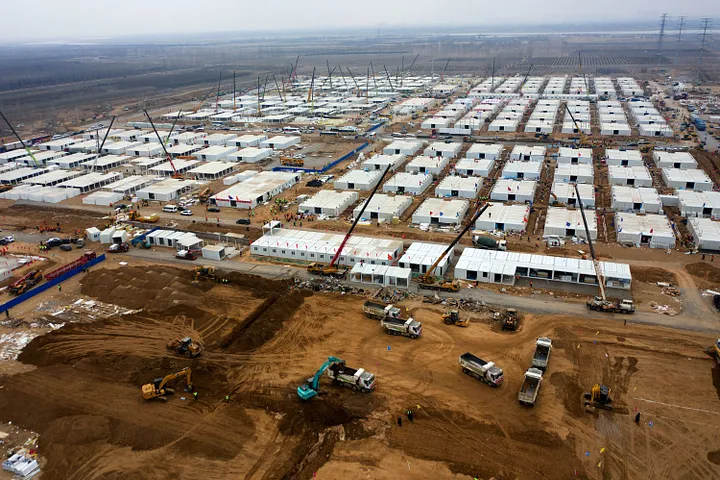In the midst of a global pandemic, quarantine camps have become a common sight in many countries. These facilities are established to isolate people who have been diagnosed with a communicable disease or are suspected of carrying the virus, in order to prevent the spread of the disease. However, the reality of quarantine camps is far from the picture-perfect image that many governments paint.
In the early days of the pandemic, quarantine camps were seen as a necessary measure to contain the spread of the virus. However, as the number of cases grew, so did the number of quarantine camps. Soon, people were being forcibly taken from their homes and put into these facilities, whether they were sick or not. In some cases, healthy individuals were placed in quarantine for weeks, even months, without being given proper medical care.
The conditions in many of these quarantine camps are far from ideal. Overcrowding is a common issue, with people being housed in cramped quarters with little space to move around. Sanitation is often poor, with dirty bathrooms and a lack of running water. Food is limited and of poor quality, often leading to malnutrition and hunger among those in quarantine.
In addition to the physical challenges, people in quarantine camps are also facing psychological trauma. Many are cut off from their families and friends, with limited access to communication. This can lead to feelings of isolation, loneliness, and depression. Furthermore, the stigma attached to being in quarantine can lead to discrimination and social exclusion, even after people are released from the camps.
The situation in quarantine camps is made even worse by a lack of proper medical care. In many cases, individuals are placed in quarantine without proper screening or testing, leading to healthy people being quarantined with those who are infected. This can result in the spread of the disease, rather than preventing it. Furthermore, many quarantine camps are understaffed, with few medical professionals available to provide adequate care. This can lead to a lack of treatment for those who are sick, and a higher risk of death for those who are already vulnerable.
Despite the many challenges facing quarantine camps, there are few alternatives available. With the number of cases continuing to rise, governments are struggling to find ways to isolate those who are infected, while still providing proper medical care and protection to those who are not. However, it is important to acknowledge the reality of quarantine camps, and work towards improving the conditions for those who are being forced to live in them.
In conclusion, quarantine camps are a necessary measure in the fight against the pandemic, but they are far from perfect. Overcrowding, poor sanitation, and limited medical care are just a few of the many challenges facing those who are placed in these facilities. While there may not be an easy solution, it is important to work towards improving the conditions in quarantine camps, in order to protect the health and well-being of those who are being forced to live in them.












